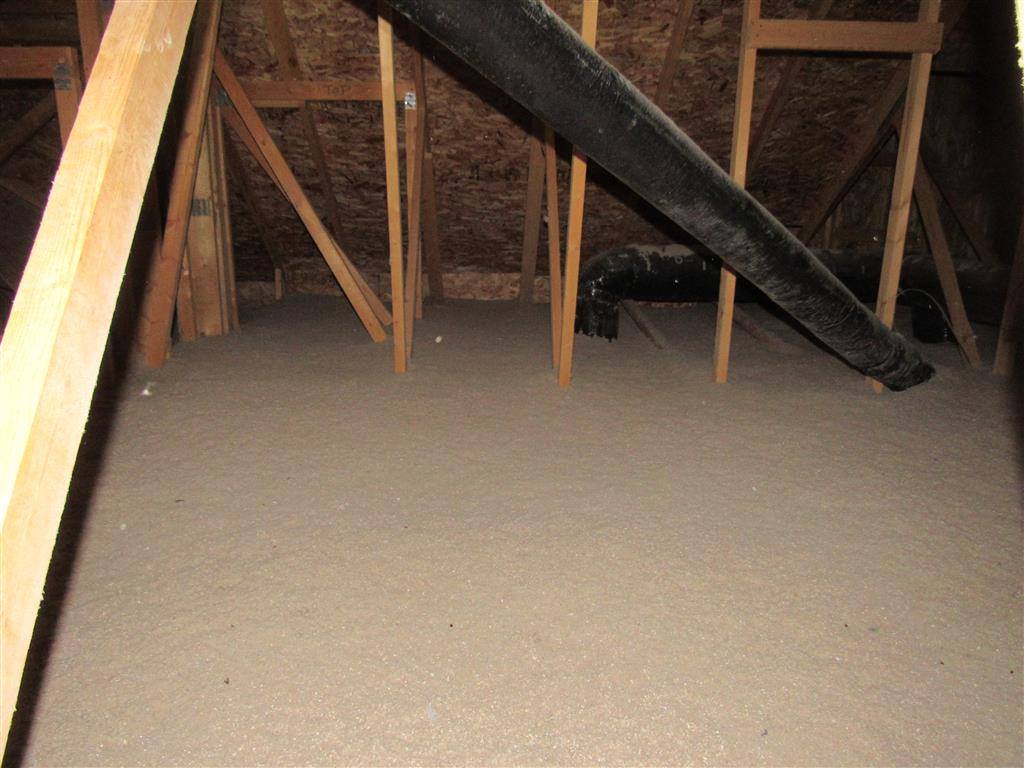If paired with a vapor barrier in a high moisture environment like your basement it can be problematic.
Cellulose versus fiberglass attic insulation.
When comparing blown in insulation both fiberglass and cellulose are nearly identical in price both costing around 0 70 to 0 80 per square foot for 6 inches of insulation.
So what are the advantages and disadvantages of each of these.
You can get to the same place with either material.
Or 7 inches of cellulose.
Cellulose insulation blown in attic r 3 6 r3 7.
When using cellulose blown in dry insulation it requires a machine to achieve its purpose and a training session from wherever you rent the blower from.
The two main least expensive and most commonly used residential insulation materials is cellulose and fibreglass.
Cellulose and fiberglass are fibrous insulation which can easily trap moisture.
Cellulose insulation blown in wall r 3 8 r3 9.
Fiberglass batts however are less expensive costing on average 0 30 to 0 40 a square foot for 6 inches of insulation.
Assuming your current attic insulation is made from fiberglass and has a value of r 13 you d have to add roughly 10 inches of additional fiberglass to hit r 38.
Lastly when blown onto the floor of an attic with vented soffits both loose fill cellulose and fiberglass are susceptible to wind.
Properly installed they will both remain in place for the life of the home.
So it seems to me the real debate.

